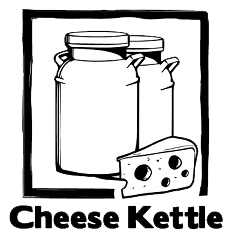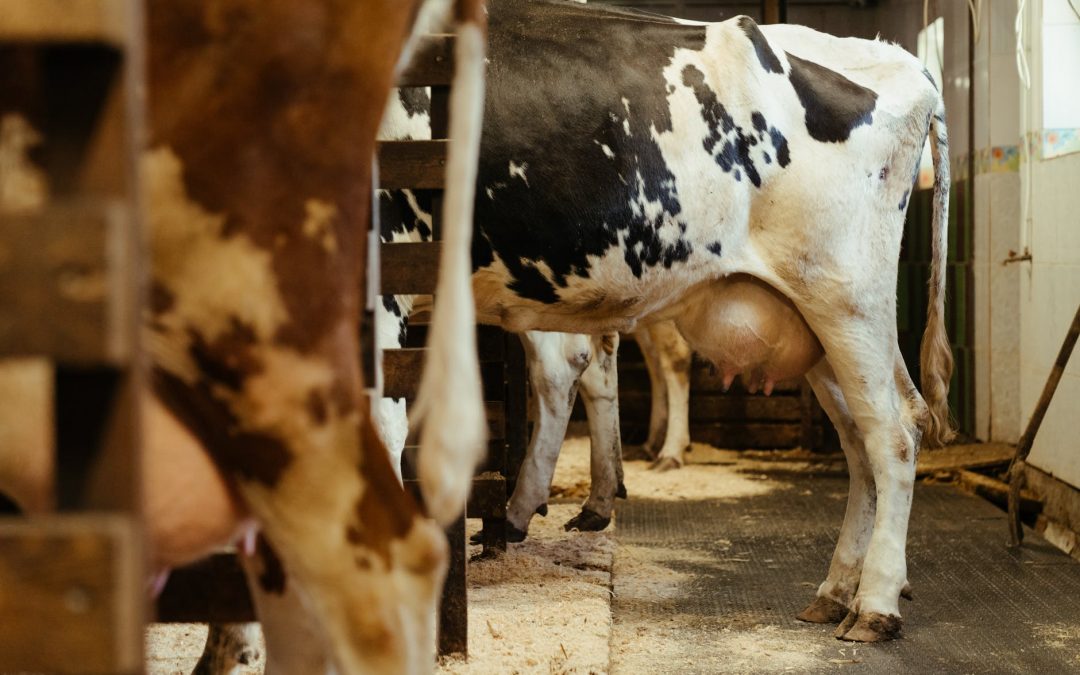Not all milk has the same quality. If you have been making cheese for any period of time, you may wonder what’s the ideal milk for your cheese. Perhaps, you may be thinking about the difference between using raw and pasteurized milk.
If you are this person, read this article to know about their benefits and disadvantages.
There are four main ingredients of cheese – milk, cultures, coagulant, and salt. But, the most important of all these ingredients is milk. The quality of the milk you use will affect the flavour, texture, and taste of the cheese. Common types of milk used in cheese making are cow, goat, sheep, and buffalo.
What is Raw Milk?
Raw milk is the milk you get directly from cows, sheep, and goats that have not been processed or pasteurized. Because of the harmful pathogens present in the raw milk that can lead to microbial spoilage, it is not widely available. Selling raw milk is sometimes prohibited in some countries because of safety concerns.
The Benefits of Raw Milk
-
Fresher Milk
Raw milk is fresher than pasteurized milk. It is usually sold just within 48hours after milking the animal. Since it’s pure and nothing is added, it retains all of its amazing enzymes and nutrients.
When buying raw milk, you should consider the farm where the animal is raised and milked. This will help you ensure if the cows are healthy and properly fed and raised for milk production. Fresh milk has higher yields and stronger curds, making it creamier than homogenized milk.
Most milk that you buy in a grocery store is ultra-pasteurized which means they have been heated to 280 degrees Fahrenheit to kill the bacteria, including all the minerals, nutrients, and vitamins essential to our body.
-
More Nutritious
In some occasions, pasteurized milk can cause allergies and lactose intolerance. This may be attributed to the pasteurization process where essential and beneficial nutrients are killed by the heat.
Raw milk provides iron, calcium, vitamins, and important nutrients that our body needs. This helps boost our immune system and gives stronger resistance to disease and promotes overall health.
If you are using raw milk for cheese making, you may notice that it is nuanced. The flavour and taste of raw milk vary throughout the season, just like wine and raw honey. Cheese made from raw milk has a sharper and cheesy bite.
The cons of Raw Milk
-
It is Expensive
Because it is difficult to find and it is illegal in some states, finding raw milk can be expensive. The price is often twice as the pasteurized milk. To find raw milk sellers, it’s better to drive, research, and talk to a farmer. This way, you can get to know the milk better instead of buying from middlemen.
-
Carries risk of diseases
Because no pasteurization is done, raw milk is not always safe. The bacteria from raw milk can cause problems such as diarrhea, vomiting, abdominal pain, and kidney failure. Kids younger than 5 years old as well as adults and persons who have health issues are also in trouble from getting sick from raw milk.
-
Shorter Shelf life
Raw milk typically lasts between 7 to 10 days when kept at the optimal temperature of 36-38° F. (2.2-3.3°C.) while pasteurized milk can last for months even without refrigeration.
What is Pasteurized Milk?
When milk is pasteurized, it undergoes a heating process where the harmful bacteria are killed to a specific temperature and duration. This process is discovered by Louis Pasteur, a French scientist in the 19th century. Heat-treated milk is safe for human consumption because pathogenic microbes that can cause diseases are killed.
The Benefits of Pasteurized Milk
-
Widely available
You can simply find pasteurized milk in grocery stores. They are easily accessible and the price is lower than raw milk. However, be careful that you are not buying ultra-pasteurized milk not only because it has reduced all good nutrients but also is not suitable for culturing.
-
Safe and Convenient
Because the milk is treated to kill pathogenic microbes, pasteurized milk is safe for both kids and adults. It also has a longer shelf-life and does not require too much refrigeration.
The cons of Pasteurized Milk
-
Not Flavorful
Pasteurization kills all elements in the milk including the valuable enzymes and good bacteria and this affects the overall flavour of the cheese.
-
Inconsistent Processing
Milk treated at high temperatures can alter the proteins. This can make the curd slightly weaker. Curds not holding together can result in bad cheese.

